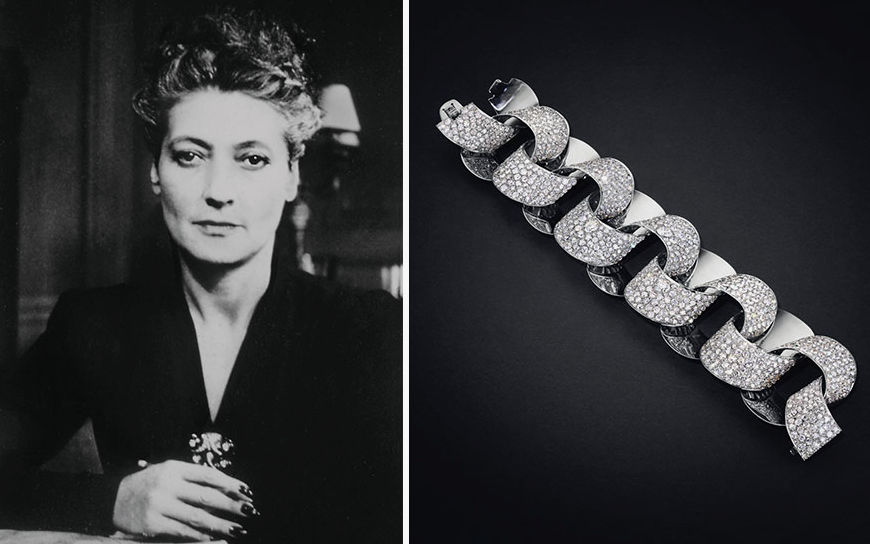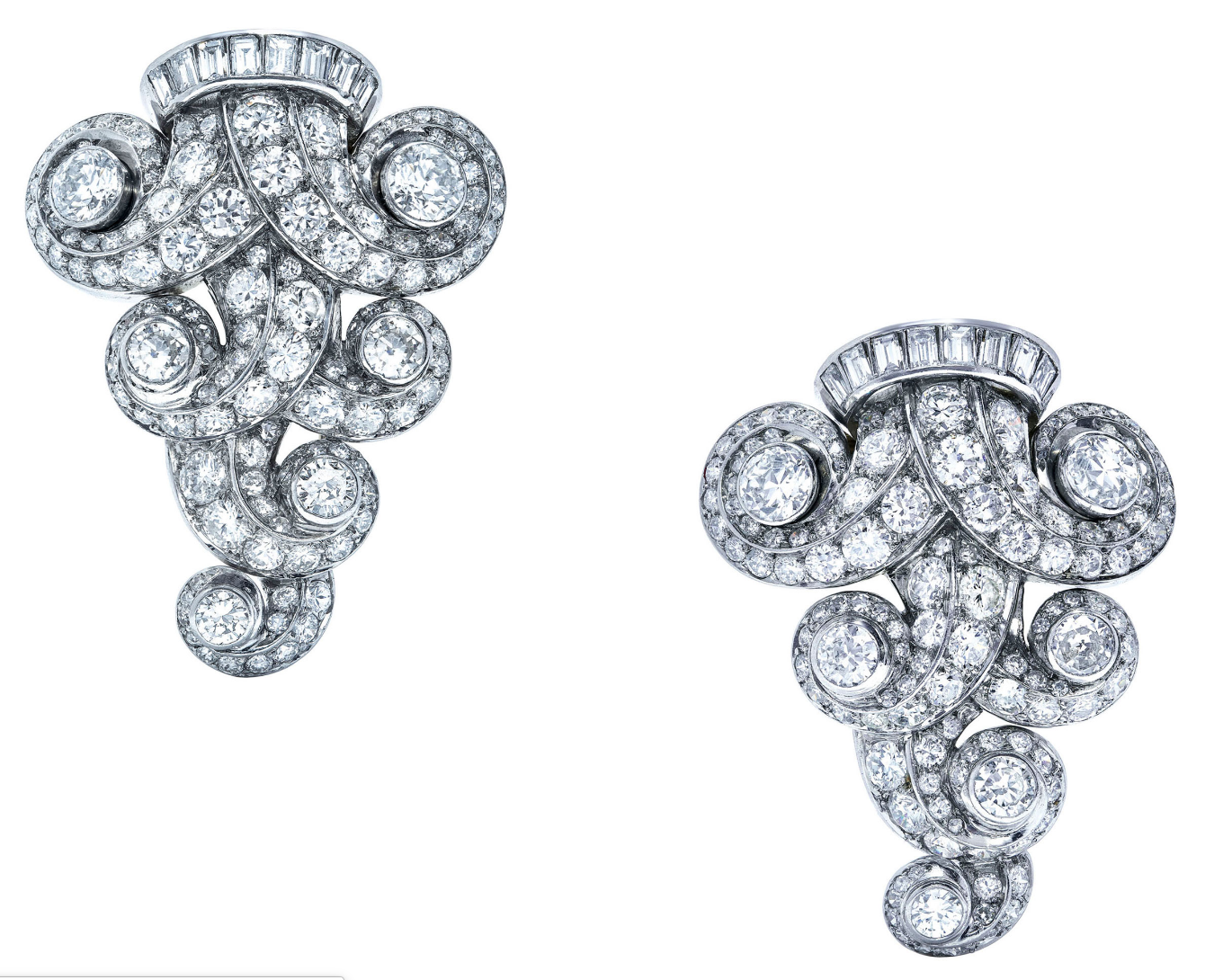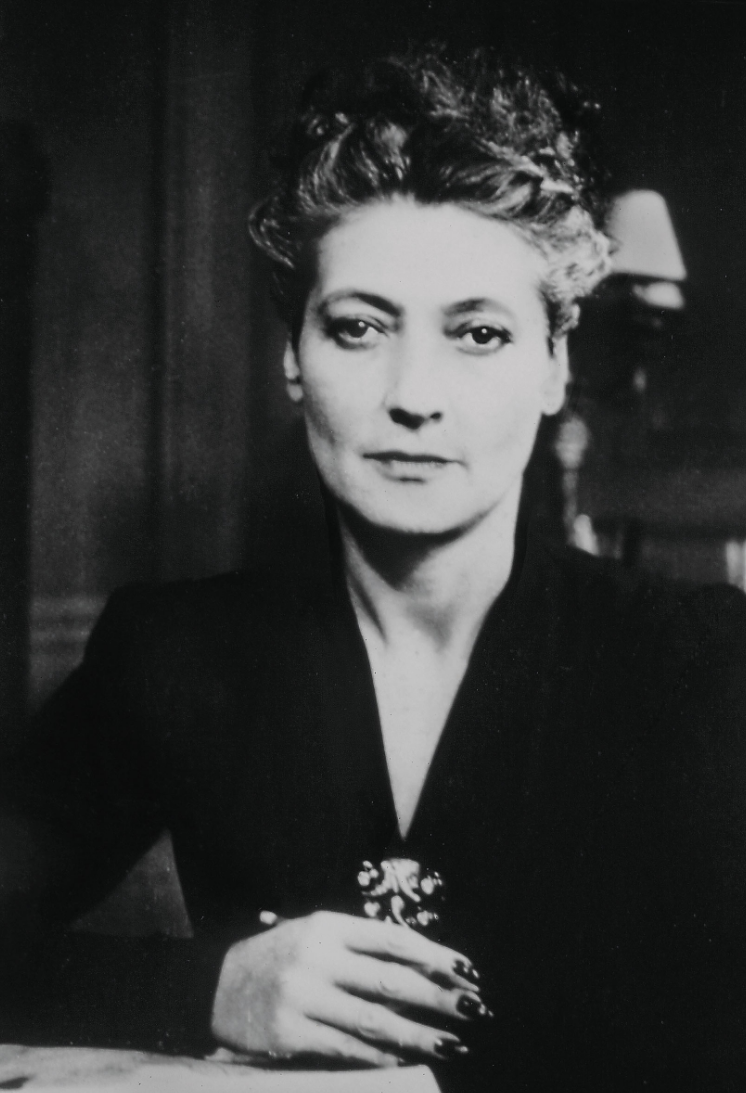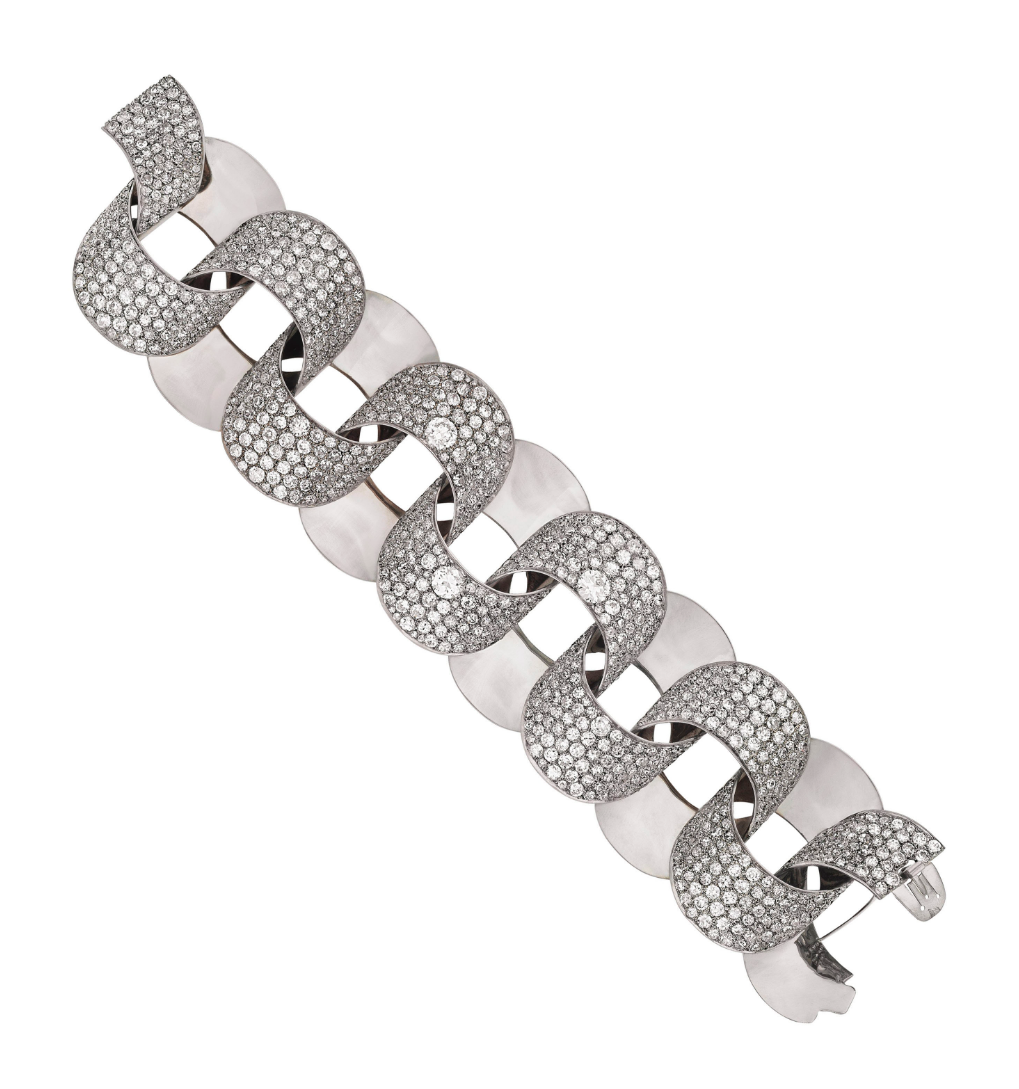The jewels of Suzanne Belperron
/The Art Deco jewellery designer Suzanne Belperron was celebrated for her avant-garde brilliance, yet her glittering success was tinged with tragedy.
In 1948 a discreet advertisement appeared in Vogue magazine publicising the partnership of Jean Herz and Suzanne Belperron. The announcement, which simply stated the firm’s name and address in the 9th arrondissement in Paris, was illustrated with what appeared to be a silver paper chain, but on closer examination revealed itself to be a magnificent chain-link diamond bracelet.
This seemingly understated approach was absolutely in keeping with the firm’s identity, one that had been formed in the Art Deco era by Jean’s father, the successful Parisian stone dealer Bernard Herz, and the maverick jewellery designer Suzanne Belperron (1900-1983). Together they created some of the most avant-garde jewellery of the 20th century.
Today, Suzanne Belperron’s name is associated with a daring mastery of design. Her bold, angular shapes and her use of modern materials were coveted for their exclusivity; Diana Vreeland, Daisy Fellowes and Wallis Simpson were all clients. To be a Belperron woman was to be a sophisticated player in high society.
Belperron had a strong sensibility, taking inspiration from where she pleased: Congolese tribal jewellery, Brutalist architecture and Japanese sakura (cherry blossom) were all translated into provocatively cutting-edge designs. As Christie’s Head of Jewellery in the Americas Daphne Lingon explains, ‘If you think of when these pieces were made in the 1930s and ’40s, they transcend the time period in which they were created, revealing a confident, bold and brave visionary.’
So distinctive was her work that Belperron never felt the need to sign it, stating, ‘My style is my signature’. This presents something of a challenge when it comes to attribution, and goes some way to explaining why the designer’s name was all but forgotten by the time of her death in 1983.
It was certainly the problem faced by Lingon when she first saw the Belperron Diamond ‘Tube’ bracelet. ‘I was immediately impressed by the scale and design,’ she explains, ‘which led me to believe that it had been made by an important French jeweller.’
But without a signature, the specialist knew it would be virtually impossible to prove her suspicions. ‘Unlike paintings,’ she explains, ‘provenance is rarely recorded with jewellery.’
It was while leafing through a book about the designer that she came across the advertisement in which the bracelet was featured — ‘a moment of pure joy after all these years’. That advert, which appeared in 1948, marked the end of a traumatic period in Belperron’s life.
In 1942, the Nazis had arrested Herz and Belperron in German-occupied Paris, and while the designer was released, Herz, who was Jewish, was sent to Drancy internment camp. Before their arrest, Herz had signed the company over to the designer for safekeeping. Over the next few months Belperron fought to have Herz released, but he was sent to Auschwitz, where he died.
After the war Herz’s son Jean, who had been a PoW, returned to Paris, whereupon Belperron transferred the company back to Bernard’s rightful heir. As a token of his gratitude, Jean Herz made Belperron a partner. ‘So this strikingly beautiful bracelet marked a rebirth,’ says Lingon, ‘and the beginning of a successful relationship that continued for many years.’
Beyond its provenance, what makes the bracelet exceptional, the specialist explains, is that in spite of its substantial size it is easy to wear. ‘Since it is composed of wide alternating links of 18-carat white gold and pavé diamonds, you’d expect it to be cumbersome, but it is actually the opposite’.
The partnership of Herz and Belperron lasted until 1974, when the designer retired. Always an intensely private individual, Belperron disappeared into obscurity. It was not until the late 1980s, when her jewellery began appearing for sale, that interest in her work was reignited.
Beyond its provenance, what makes the bracelet exceptional, the specialist explains, is that in spite of its substantial size it is easy to wear. ‘Since it is composed of wide alternating links of 18-carat white gold and pavé diamonds, you’d expect it to be cumbersome, but it is actually the opposite’.
The partnership of Herz and Belperron lasted until 1974, when the designer retired. Always an intensely private individual, Belperron disappeared into obscurity. It was not until the late 1980s, when her jewellery began appearing for sale, that interest in her work was reignited.








